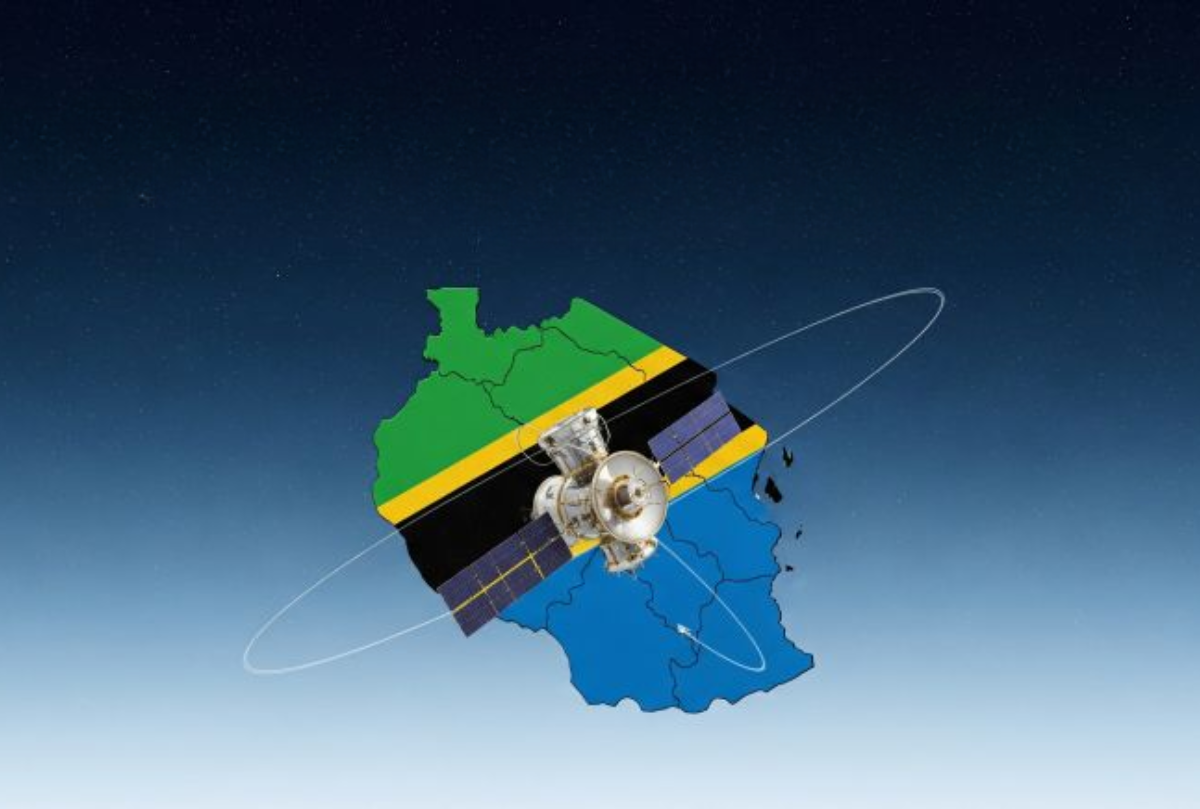Tanzania Issues New Guidelines for Satellite Landing Rights Authorization
Under the new rules, foreign satellite operators intending to sell satellite capacity to licensed operators in Tanzania must apply for authorization

The Tanzania Communications Regulatory Authority (TCRA ) has released its official Guidelines for Satellite Landing Rights Authorization within the United Republic of Tanzania. The framework, published in July 2025, outlines the requirements, procedures, and conditions for foreign satellite operators seeking to operate in Tanzanian territory.
According to the TCRA, the guidelines apply specifically to communications satellite networks and systems, ensuring alignment with both national laws and international obligations. “These guidelines are intended to provide a comprehensive regulatory framework for satellite operators seeking Landing Rights Authorization to operate within Tanzania,” the Authority stated.
Under the new rules, foreign satellite operators intending to sell satellite capacity to licensed operators in Tanzania must apply for authorization. This does not permit direct service provision to end-users. Applications can be submitted directly by the operator or through the notifying administration.
The TCRA noted that certain services are exempt from the requirement, including safety, amateur satellite, meteorological, earth exploration, radio astronomy, radio navigation, and space research services.
To obtain authorization, applicants must provide proof of licensing in their home country, evidence of compliance with International Telecommunication Union (ITU) coordination procedures or Advance Publication Information filings, and a completed application form.
Once granted, authorization holders must maintain accurate technical and operational records, as well as a database of all licensed operators in Tanzania to whom satellite capacity is provided.
The guidelines also specify authorization fees and validity periods:
-
Non-geostationary orbit (Non-GSO) systems: Five years or the satellite’s lifespan, whichever comes first, renewable.
-
Geostationary orbit (GSO) networks: Fifteen years or the satellite’s lifespan, whichever comes first, renewable.
The full guidelines are available on the TCRA website.






